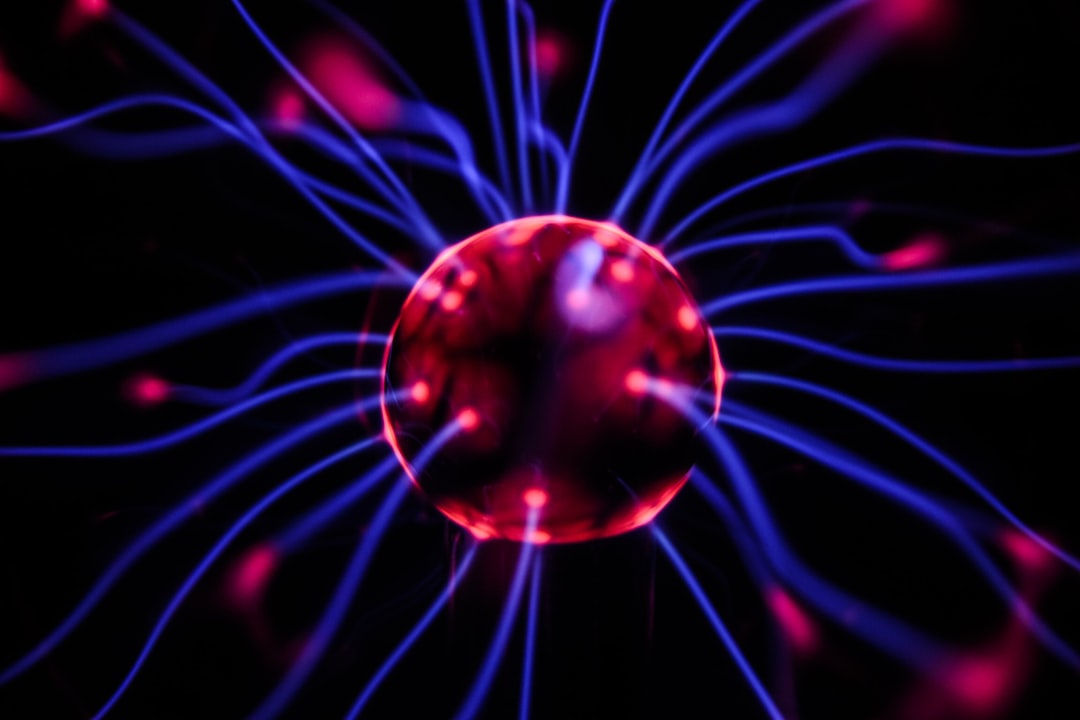What is it about?
A type of supernovae is believed to be thermonuclear explosion of a compact star called white dwarf with a mass exceeding the sun but with a size smaller than the earth. A white dwarf has the limit in its mass to support against its own gravity. Some of white dwarfs in binary systems accrete mass from the companions and increase their masses to the limit and explode. We investigate the evolution of the companion stars after the explosion when they are red-giant. We found that some companions become very faint when the hydrogen burning is extinguished by the supernova blast waves. This result may explain observations that cannot find any companion stars in young remnants of this type of supernovae.
Featured Image
Why is it important?
There are two scenarios that can account for type Ia supernovae. One of them is called double degenerate scenario, in which two white dwarfs in a binary system eventually coalesce and explode as a supernova and leave no stars. The other scenario is called single degenerate scenario, in which a white dwarf in a binary system with a normal star accretes mass from the companion to increase its mass to the limit and explode. To distinguish these scenarios, it is important to investigate how the remaining companion stars look like in young remnants of type Ia supernovae.
Read the Original
This page is a summary of: On the brightness of surviving companions in type Ia supernova remnants, Publications of the Astronomical Society of Japan, February 2016, Oxford University Press (OUP),
DOI: 10.1093/pasj/psv117.
You can read the full text:
Contributors
The following have contributed to this page










